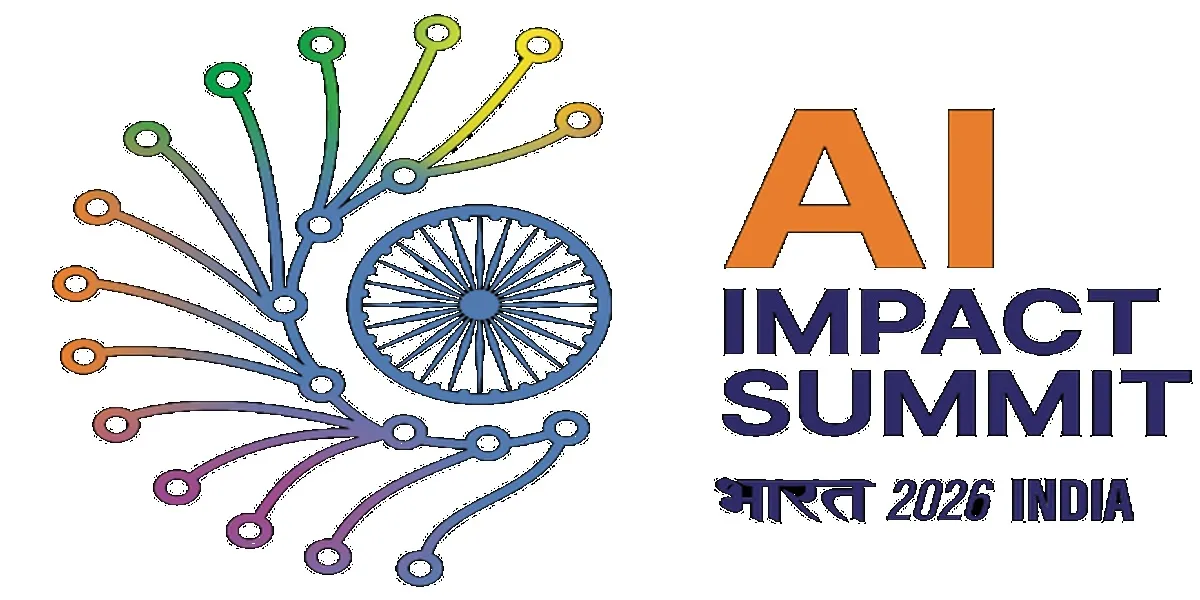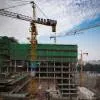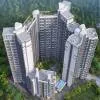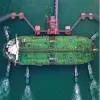Given the tightness of the fiscal condition, bold policies and tough decisions are expected to be seen in the next five years.
“The Bimal Jalan committee report is awaited and likely to be submitted sometime in July 2019,” says Samata Dhawade, Vice-President and Lead Economist, Aditya Birla. She adds that the report will provide clarity on what percentage of RBI’s excess capital can be transferred to the Government and in which form. “The Finance Ministry was of the view that the buffer of 28 per cent of gross assets maintained by the Central Bank is well above the global norm of around 14 per cent. There are expectations that it may be part cash transfer, as full cash transfer seems unlikely. So the possibility is that transfers will be in other forms of bonds. Nonetheless, it is estimated that Rs 3 trillion will come in over three years and is most likely to be used for regular government spending.” The distribution of profit from RBI to the Government will be utilised partly to recapitalise public-sector banks, partly to retire public debt with RBI, and partly for the Government’s expenditure. If successfully implemented, the Government will be able to strengthen public-sector investments in infrastructure.
For his part, Abhishek Gupta, Assistant Vice-President - Corporate Ratings, ICRA, points out that major policy measures, if implemented, will be positive for the construction and infrastructure sectors by way of improved liquidity, ability to take up newer projects and increased private-sector participation, thereby reducing the burden on government spending. According to him:
-
Measures as per the recommendations of Kelkar Committee can be implemented to improve the PPP environment. Also, an independent regulatory body for key segments like roads can be formulated.
-
The mechanism of claims settlement can be further strengthened and fast-tracked. One-time settlement of long-pending claims can be taken up.
- Slow-moving legacy projects can be mutually foreclosed or terminated or their scope reduced to remove the uncertainty surrounding them.
- Facilitating/supporting higher usage of investment vehicles like InvIT, infrastructure debt funds and the National Investment and Infrastructure Fund, which have been formulated to improve financing avenues. Besides, strengthening the corporate bond market can also help channel long-term patient capital into infrastructure assets. Further, select strong infrastructure CPSE can be permitted to raise long-term funds through infrastructure and tax-free bonds.
For the construction sector, Madan Sabnavis, Chief Economist, CARE Ratings, highlights two elements: “First is the construction activity driven by the Government, which comes from the Budget. Here, the capex of the Government is important, which is restricted to the room available in the Budget. The expenditure is basically on roads, railways and, to an extent, urban development.” These expenses are generally on target every year with a possible slippage of less than 5 per cent in case aggregate revenue does not increase. “The second element is private construction, where companies get involved both as EPC operators and on their own accord like real estate. The latter is where the Government can continue with its policies on, say, affordable housing. There is potential to increase construction in this area in the next five years as Housing for All gains traction.” He says that the non-conventional housing segment will still be dependent on the reaction of individual companies and households given the expansion of commercial space required or the requirement of housing, as is the case with the latter.
With the slowdown in economic growth over the past couple of quarters, it is imperative that policy decisions provide necessary impetus to the infrastructure sector to ensure growth. “While increasing budgetary allocation is required, addressing funding issues is the key to future growth and private participation,” says Vishal Kotecha, Associate Director, India Ratings. “Strengthening the financial system and improving the bank’s balance sheet is essential to ensure increased availability of credit in the short term.” However, as a long-term measure, he believes setting up a dedicated infrastructure sector DFI will address the issue of financing to a large extent.
Kotecha also points to ensuring timely payments from government counterparties as critical for funding projects. “Subsequently, providing comfort to lenders with a tripartite as a payment security mechanism would ease payment uncertainty risk,” he says. “Acting on land acquisition-related issues to ensure projects are not stuck and ensuring prompt resolution is also important.” He adds that asset monetisation of operational projects and channelling resources towards building new assets is critical.
Further, asset monetisation will provide elbow room to get the money in, says Jagannarayan Padmanabhan, Director, CRISIL Infrastructure Advisory. “Asset monetisation can be looked at as one in TOT, second in infrastructure investment trust, third in terms of land monetisation, and the fourth could be the portfolio sale of infra assets to strategic investors. This could be a way of getting the money in.”
And Abheek Barua, Chief Economist and Executive Vice-President, HDFC Bank, says, “For the construction sector, a lot of the funding is done off-Budget. For instance, NHAI issues bonds in the market and uses the money raised for highway projects. These are often referred to as off-balance sheet exposures of the Government. But in an illustrative sense, the fiscal problem we have does not affect this. So these large entities, which are called public-sector entities, will be doing most of the heavy lifting in infrastructure and other construction for a while.”
SHRIYAL SETHUMADHAVAN




















